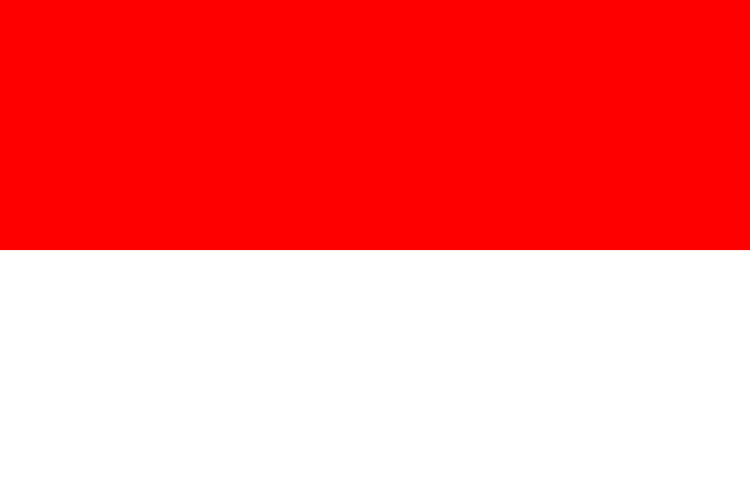Abbreviation KMM Dissolved 1945 | Founded 1938 | |
 | ||
Leader Ibrahim Yaacob (founder and leader) Newspaper Warta Malaya (Singapore) | ||
Kesatuan Melayu Muda (KMM) (Jawi: كساتوان ملايو مودا ; roughly Young Malays Union in Malay) was the first national political establishment in British Malaya. Founded by Ibrahim Yaacob and Ishak Haji Mohammad, KMM grew into a prominent pre- war nationalist movement, notable for its leftist political stance and willingness to use violence, a sharp break with their contemporaries in the Malay nationalist movement.
Contents
The KMM, however, commanded very little mass support- by 1945, it only enjoyed a membership of 60. In addition, their radical anti- colonialism was anathema to British authorities, who ordered it summarily dissolved in 1945, and its leaders arrested.
Foundation and Development
Broadly speaking, the intellectual basis for what was to become developed both from external impetus from the spread of Indonesian nationalist ideas into Malaysia, and the development of an anti- colonialist intellectual climate within the Sultan Idris Training College for Malay Teachers. In 1927, Malay nationalism in British Malaya received intellectual impetus from their Indonesian cousins in the wake of the failed 1926 Communist uprising against the Dutch in the Dutch East Indies. Malay nationalist leaders, such as the Comintern agent Tan Malaka, sought refuge in Malaya in the wake of the crackdown that ensued, where they spread their radical anti- colonial ideology to Malaya.
This was a significant development in Malay nationalism, given that the nationalism that had developed in Malaya, in contrast to the movements developing in the other British colonial possessions of India and Burma, remained relatively placid and moderate. Groups such as the Kesatuan Melayu Singapura, while advocating self- strengthening within the Malayan community, for instance by purchasing land for Malay reservations in 1928, or by pooling funds to send Malays to Oxford and Cambridge in order to ensure the continued preeminence of Malays in the administration of British Malaya, did not challenge British rule, and opted to collaborate with the British. In contrast, the ideology of the Indonesian nationalists was fundamentally radical and anti- colonialist. Pamphlets from the Partai Nasional Indonesia were spread locally, advocating non- compliance with the British and resistance to colonial rule. This Indonesian radicalism would later come to form the intellectual nucleus of the KMM.
The establishment of KMM was closely related to the burgeoning anti-colonialism of institutions such as the Sultan Idris Training College for Malay Teachers (SITC, currently known as Universiti Pendidikan Sultan Idris). Founding members of the KMM owed significant inspiration and intellectual influences to the anti- colonial intellectualism of such institutions- indeed, Ibrahim Yaacob himself was an alumnus of the college. Along with him, other alumni of the college that were active in KMM were Hassan Manan, Abdul Karim Rashid and Mohd. Isa Mahmud, which has led to the recognition of the SITC as a birthplace of Malay nationalism.
After the establishment of its main branch in Kuala Lumpur, Malay school teachers, most of whom had graduated from SITC continued to spread KMM's wings throughout Malaya.
Activity
KMM and several other Malay organisations later organised a Malay Congress in August 1939 in Kuala Lumpur. The second congress was held in Singapore in December 1940 while the third meeting was planned in Ipoh in 1941. The third congress however never took place due to Japanese occupation.
During the eve of World War II, KMM, Ibrahim Yaacob and his colleagues actively encouraged anti-British sentiments. The Japanese also aided KMM and financed Ibrahim Yaacob's purchased of an influential Malay publication called Warta Malaya in Singapore. By 1941, the British began observing the activities of KMM as they perceived KMM as a radical left-wing association. By the end of the year, Ibrahim Yaacob, Ishak Muhammad and many other KMM leadership were captured and imprisoned. KMM was severely weakened by the action taken by the British.
During the Battle of Malaya, KMM was one of many organisations that aided the Japanese as they belief that Japanese will give Malaya independence and actively assist them through fifth column activities. This pro-Japanese anti-British tendency made KMM very close to the Japanese force. All of KMM members that were imprisoned by the British earlier were released by the Japanese during the occupation. In January 1942, KMM requested the Japanese to grant Malaya the independence the Japanese had promised earlier. This was the first request for Malayan independence by a Malaya-wide political body. The request however was turned down. The Japanese authorities instead disbanded KMM and established the Pembela Tanah Ayer (also known as the Malai Giyu Gun or by its Malay acronym PETA) militia in its stead.
With the surrender of Japan in August 1945, former KMM cadres formed the nucleus of the emerging political movements like the Malay Nationalist Party, Angkatan Pemuda Insaf, and Angkatan Wanita Sedar.
